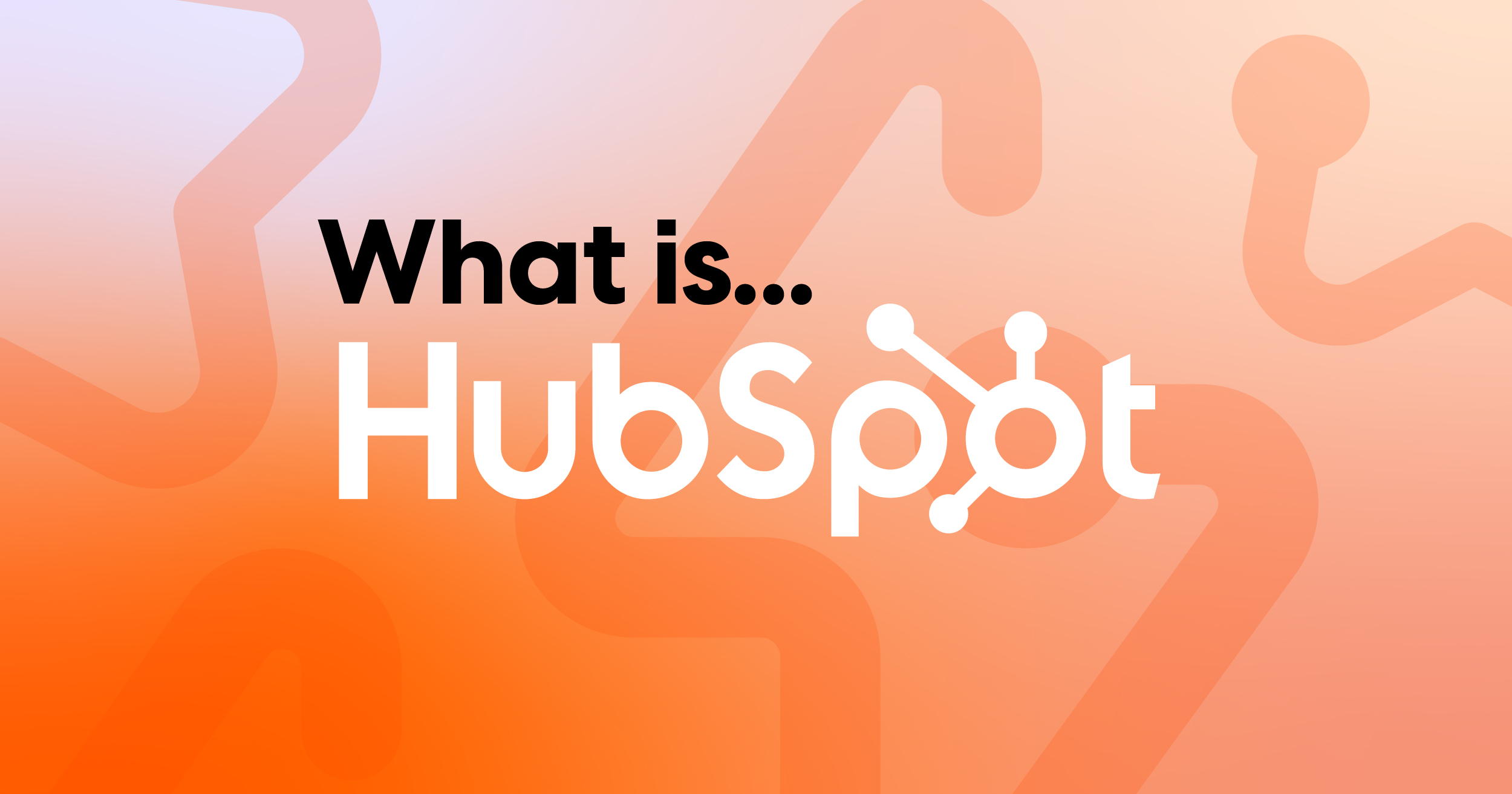
Guidelines for Adapting Customers' Language in Your Brand Messaging
Excellent communication always focuses on the message recipient. It's always about the listener. It's usually about your clients, not about you or the company. Here's why.

Before the advent of the internet or digital marketing, companies used to write letters and pamphlets about "we're the industry leaders" or "our solutions," or "our products." But nowadays, things have changed.
Nobody visits your store or website because of your services or products. No. What brings them to you are their desires or problems. They don't need or want anything. All they're looking for is a product or service that can fill that desire or need.
Suppose yours can do it, bravo! They'll make their purchase.
How Speaking the Customers' Language Benefits Your Business
Nothing beats the disappointment or rage of a client who's interested in purchasing your solution but encounters a customer service or sales representative who cannot speak a language they understand. This applies to various businesses, from a local health facility in a tourist location to a mobile application striving to attain international recognition to an online store selling dog bowls to the Asian market.
Some of the benefits of using the local language include:
- Increased sales – It goes without saying that more customers will likely purchase from brands whose websites and product details are offered in a familiar language. A study by Common Sense Advisory reports that 74 percent of customers will probably shop again if they received after-sales care in their native language. So to grow your sales, it would help if you got talking and translating.
- Wider market access – It's easy to believe that English is the world's most popular language. But in reality, about 90 percent of shoppers wouldn't even consider shopping from your site if they can't read or speak English. Speaking their language helps you tap into this massive market pool across the border.
- Improved customer trust and brand loyalty – Speaking to someone in their language establishes trust, a crucial component at all levels of the purchasing cycle. A multilingual approach to customer support can significantly increase brand loyalty. Knowing that they'll have the same excellent experience in their native language will keep them coming back.
- No miscommunication – Consumers mostly reach out to customer service after encountering a problem, and it's mostly a state of uncertainty. At this state, they can be easily upset if things don't go as they expect, leading to miscommunication and angry messages. Speaking their language helps them express themselves easily and eases their anxiety.
- A competitive edge – Language struggles are uncomfortable and can create an emotional barrier between your brand and your prospects. If a customer encounters two similar brands offering products of the same quality and value, they'll definitely opt for the brand that answers their questions in a language they understand.
So, how do you translate your messaging and grow your client base? Let us explore.
How to Speak Your Clients' Language
 Unless you begin speaking the customers' language, you risk losing your clients to your business rivals. Whether you want to adopt their local language or just wish to optimize your brand messaging to match their lingo, these the practical approaches to help you get it right:
Unless you begin speaking the customers' language, you risk losing your clients to your business rivals. Whether you want to adopt their local language or just wish to optimize your brand messaging to match their lingo, these the practical approaches to help you get it right:
Listen and Learn
Your audience or customers may not be industry experts, but they most definitely have their expertise. Most of the time, they approach problems from their experiences and perspectives. As such, they have their unique ways of talking about their clients, services, business, or previous brands that they've used.
While listening, please pay attention to the common phrases, words, metaphors, examples, and stories that they share. These are what constitute your customer's language. The best thing to do here would be to designate sufficient time to understand it and adapt it into your current vocabulary.
Interact
It's hard to learn a new language without using it regularly. The best way to understand your customer language and adapt it would be to immerse yourself in their environments, interacting with different customer groups in their unique terms. As you continue "talk shopping" with them, you'll get to speak and understand their language better.
It's also helpful for marketers to get in front of the customers they serve. Riding along on sales calls and getting in front of clients regularly is a marketing best practice since the best ideas are not in the boardroom but in the field.
Identify with Your Clients
 This excellent way of adopting your customers' dialect is way easier than it sounds. Consider the purpose you which your content to achieve. Think about the various objectives that you expect to realize with it. Next, you'll need to consider the driving force bringing your clients to the content.
This excellent way of adopting your customers' dialect is way easier than it sounds. Consider the purpose you which your content to achieve. Think about the various objectives that you expect to realize with it. Next, you'll need to consider the driving force bringing your clients to the content.
When creating content, it would help if you started with identifying the problems they face and positioning your brand as the solution. This approach gives the impression that you understand why your reader is there, you empathize with whatever they're going through, and you can offer what they need to address it.
Drop The Jargon
As you focus on placing yourself as a reliable solution provider, you may be tempted to show your clients the scope of your knowledge. Naturally, you would be inclined to use the voice, tone, and language you use behind closed doors, but you must do everything to resist this urge.
Your audience comes to your site because they have a problem that they believe you can solve. They don't necessarily possess the technical expertise, so avoid industry clichés, acronyms, and jargon. Always find the simplest way to explain a concept and define any problematic industry term on its first use.
When customers can't grasp whatever you're communicating, they're likely unsure whether you can address their needs. So drop the jargon and begin speaking in a language they can grasp.
Use The Right Language
Your choice of pronouns has a significant impact on the tone of your content. When writing, always stick to the second person pronoun "you" and limit your usage of "me, mine, and I." If you miss out on the right balance in this respect, you might appear as self-centered.
It's also an excellent idea to use words and phrases that can emotionally register with your readers, drawing them in. For instance, words like "new" and "free" have a significant emotional impact. So ensure you focus on the most persuasive words in your content marketing.
Most importantly, always maintain a conversational tone. You don't have to be overly formal when writing. A rule of thumb is to picture yourself talking to your ideal customer over an evening coffee.
The Bottom Line
Speaking your customers' language by adopting their native dialect or popular business language can significantly boost your marketing efforts. However, it's always easier said than done. The above insights will help you get it right with your marketing lingo to conquer new markets and grow your client base.
It would also help if you worked with a reliable provider to enhance your visibility in these new markets. Integrating Modern Visual's business growth solutions into your systems will help you automate your processes and grow your business substantially.
Contact us today to discuss the best solutions for your marketing campaign.
Don't stop now. Keep learning
 What is HubSpot? A Complete Guide for Enterprise Businesses
If you’ve ever felt like your marketing, sales and service tools are scattered across too many...
What is HubSpot? A Complete Guide for Enterprise Businesses
If you’ve ever felt like your marketing, sales and service tools are scattered across too many...
 How to clean data in Excel before Switching CRMs
Excel can be a powerful tool for cleaning data before migrating to a CRM system. Many businesses...
How to clean data in Excel before Switching CRMs
Excel can be a powerful tool for cleaning data before migrating to a CRM system. Many businesses...
 WordPress vs Content Hub (HubSpot)
How to pick the right platform for your business: Both WordPress and Content Hub are powerful...
WordPress vs Content Hub (HubSpot)
How to pick the right platform for your business: Both WordPress and Content Hub are powerful...

